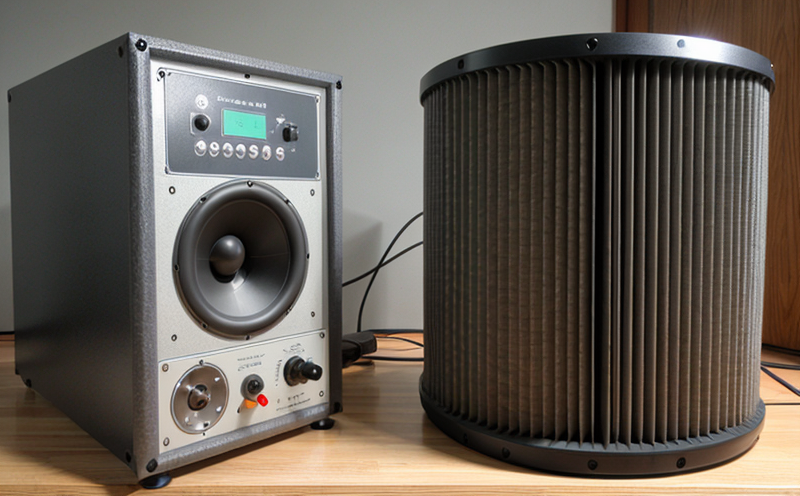ISO 20816-6 Vibration of Reciprocating Compressors on Ships
The ISO 20816 series is a comprehensive set of standards designed to ensure the proper operation, safety, and reliability of reciprocating compressors in marine environments. This particular part of the standard focuses on vibration analysis for these compressors, which are critical components in shipboard systems responsible for air conditioning, refrigeration, and other essential services.
Vibration is a key indicator of mechanical integrity, operational efficiency, and potential failure points in reciprocating compressors. By adhering to ISO 20816-6, marine engineers and quality managers can ensure that compressors are operating within safe parameters, minimizing the risk of breakdowns or performance degradation during critical operations at sea.
The standard specifies detailed procedures for measuring and evaluating the vibration levels of reciprocating compressors. It provides a framework for testing in various conditions, including ambient temperatures, humidity, and operational states such as idle, part load, and full load. This ensures that the compressor's performance is consistent across different environmental factors encountered during maritime operations.
The testing process outlined in ISO 20816-6 involves several key steps:
- Environmental setup: Ensuring controlled conditions for accurate measurements
- Instrumentation placement: Positioning sensors to capture relevant data points accurately
- Data collection: Gathering vibration readings under specified test conditions
- Data analysis: Interpreting the collected data against predefined criteria
The standard also outlines acceptance criteria for vibration levels, which are critical in maintaining operational safety and efficiency. Compliance with these standards is essential for ensuring that compressors meet regulatory requirements and perform optimally under marine conditions.
Applied Standards
| Standard | Description |
|---|---|
| ISO 20816-6:2019 | Vibration of reciprocating compressors on ships—Part 6: Measurement and evaluation of vibration levels |
| EN ISO 14719:2015 | Measurement, analysis and presentation of sound power levels in rotating machines |
Environmental and Sustainability Contributions
The implementation of ISO 20816-6 contributes to environmental sustainability by ensuring that reciprocating compressors operate efficiently, reducing energy consumption and emissions. By minimizing vibration-related issues, these compressors can run more smoothly, leading to lower fuel consumption and reduced carbon footprint. This aligns with broader maritime industry efforts to adopt greener technologies and practices.
Moreover, compliance with this standard helps in the long-term maintenance of shipboard equipment, extending their operational life and reducing the need for frequent replacements or repairs. This not only lowers costs but also reduces waste associated with discarded machinery. The use of vibration testing ensures that compressors are reliable and robust, contributing to a more sustainable maritime environment.
Use Cases and Application Examples
- Pre-commissioning Testing: Ensuring new compressors meet the specified vibration levels before installation on board.
- Operational Monitoring: Regularly checking compressor performance during routine maintenance to prevent unexpected failures.
- Failure Analysis: Investigating and diagnosing issues related to excessive vibrations, which could indicate wear or misalignment.
- Performance Optimization: Adjusting operational parameters based on vibration data to enhance overall efficiency.





